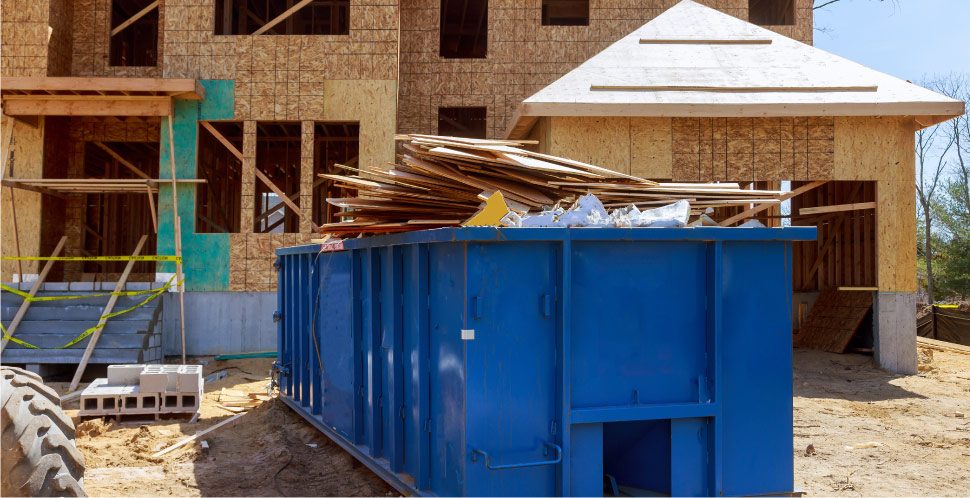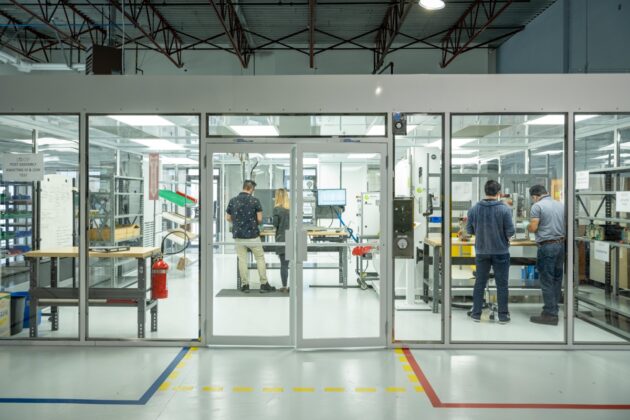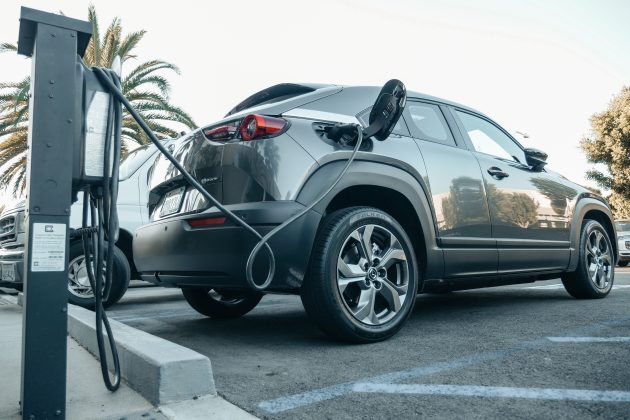Vancouver Economic Commission (VEC), Vancouver Regional Construction Association (VRCA), and the Zero Emissions Building Exchange (ZEBx) have been proud to partner on year-long events series The Competitive Edge – Growing Your Business in the Future of Construction.
Over the past two decades, carbon pollution from buildings has become one of the most significant points of regulatory transformation in construction. High-performance buildings, with tighter envelopes and clean energy built in from the start, have become increasingly common – particularly in BC, where sustainable building will be the law of the land before 2030. But the conversation doesn’t end there.
Across the architecture, engineering and construction sectors, there’s a new type of carbon to worry about. It’s not just pollution coming “from the tailpipe”, but all the energy that goes into making, transporting, installing and, crucially, disposing of the materials and equipment of buildings. We call this embodied carbon.
A “whole lifecycle” approach to carbon pollution means we can’t just build a building with clean energy and call it a day. We have to examine the materials and what we do with them, every step of the way. This is important in BC, because we have emerged as a global leader, along with Oregon, in recognizing that the waste generated from construction and demolition is staggering. And, as VEC and Unbuilders have researched, that waste also has the potential to be massively valuable.
Construction and demolition waste is the largest portion of waste going to landfills in Metro Vancouver, which imposes a significant cost to local governments (and their taxpayers). This has a significant carbon pollution impact, but is also a massive part of our landfilling needs.
Businesses and local governments in Vancouver have responded by developing new practices, like deconstruction and green demolition. But voluntary uptake and small use of regulations won’t be enough on their own. As the BC Government and City of Vancouver look to develop circular economy strategies in the next year, and Metro Vancouver updates its solid waste plan, the focus on reducing C&D waste will become increasingly intense.
Reducing onsite waste for construction and demolition won’t just be regulatorily driven, though. As large customers eager to reduce their embodied carbon strive to reduce onsite waste, the value of “unbuilding” approaches will increase. Vancouver’s journey towards a circular economy in buildings is only getting started, but already the action in this space is putting our region on the map. The next steps have the potential to redefine an entire industry.
The fifth event of The Competitive Edge – Growing Your Business in the Future of Construction featured a discussion on many of these topics and how they fit into the regional regulatory and business environment. Adriana Velazquez from Metro Vancouver and Brad Badelt from the City of Vancouver talked about deconstruction and green demolition requirements, while Adam Corneil from Unbuilders talked about the commercial practice of deconstruction. Grab a coffee and browse below for resources cited during the discussion.
Resources
Regional Resources and Planning on C&D Waste
Adriana Velazquez, Project Engineer, Metro Vancouver
- Metro Vancouver Construction & Demolition Waste webpage, especially the C&D Waste Reduction and Recycling Toolkit
- Metro Vancouver’s Solid Waste Management Plan Update webpage
- Metro Vancouver’s Climate 2050 Framework
- Metro Vancouver’s Climate 2050 draft Buildings Road Map
Vancouver’s Unique Deconstruction Approach
Brad Badelt, Assistant Director of Sustainability, City of Vancouver
- Vancouver’s Demolition Permits with Recycling and Deconstruction requirements
- Dunbar Deconstruction Case Study
- Habitat for Humanity’s Rebuild Hub
Unbuilding – Businesses Cases and Real World Practice
Adam Corneil, CEO, Unbuilders



